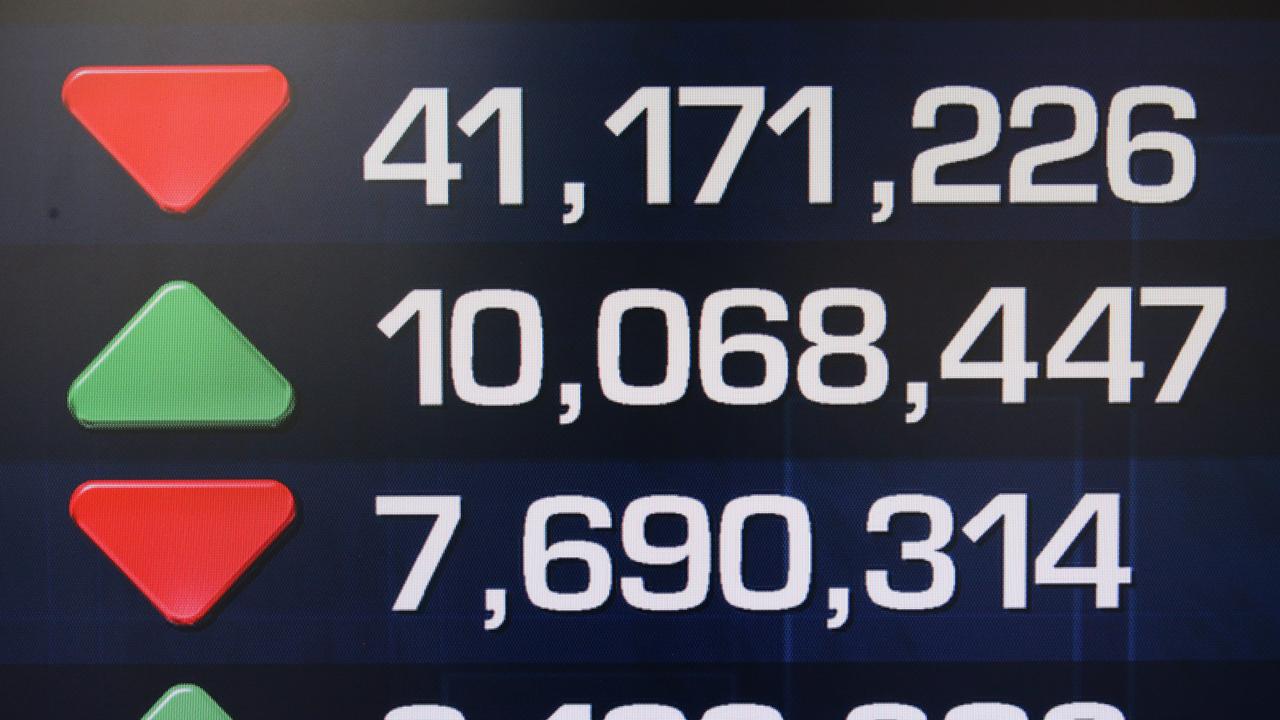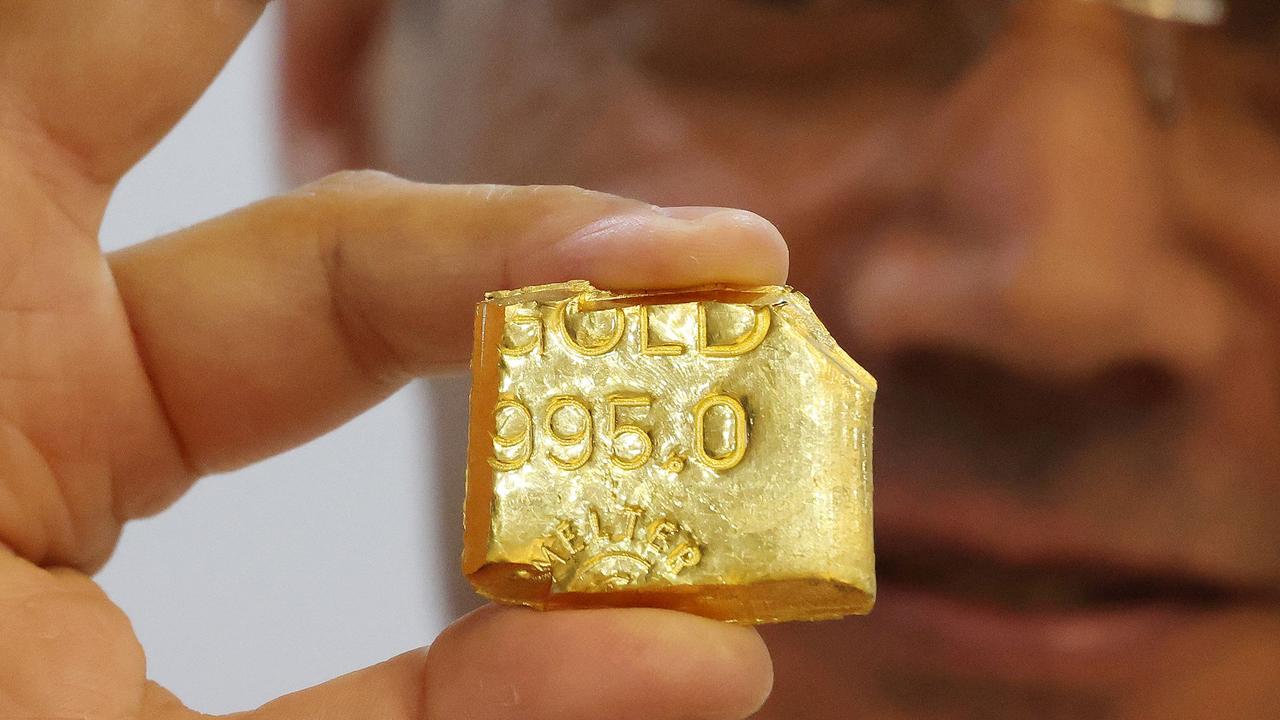Fake Indigenous art ripping off tourists for $50 million a year
If you bought this at a souvenir shop, chances are you’ve been scammed with fake Indigenous art.
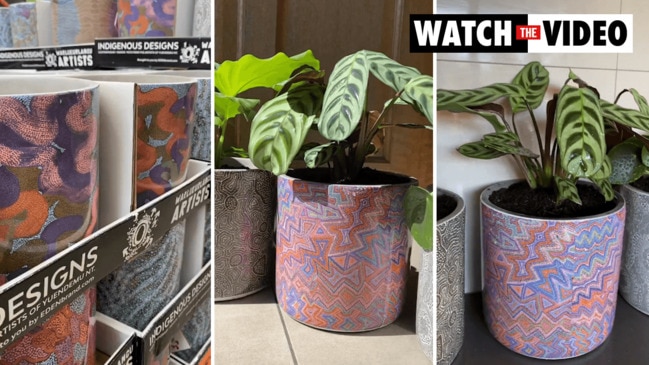
Business
Don't miss out on the headlines from Business. Followed categories will be added to My News.
When visiting Australia’s iconic tourist destinations, it’s hard to pass up a peek into the souvenir shop. And for a couple of bucks you can nab yourself a boomerang, maybe a didgeridoo or some vibrant Indigenous paintings.
But chances are, what you’ve bought is fake.
According to a new report, two-thirds of the lucrative Indigenous art industry is fake but sold as authentic “Aboriginal” art for an expensive penny.
Mandatory labelling of ‘inauthentic’ products
The prevalence of fake Indigenous art has seen many Aboriginal artists walled out of an industry that not just capitalises on their culture – but produces $250 million in annual sales.
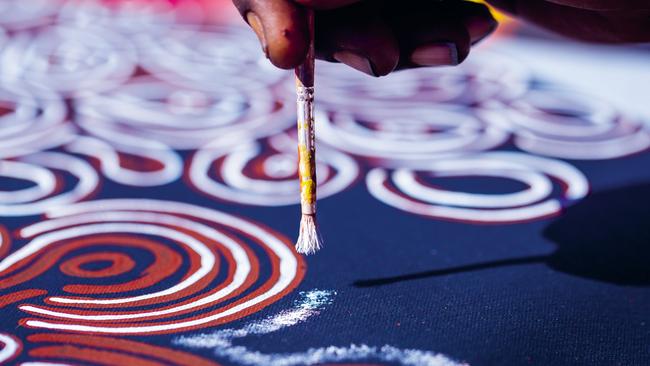
However, calls have been made to enforce mandatory labelling for non-Indigenous brands or artists seeking to produce “Indigenous-style consumer products”.
“Inauthentic products can mislead consumers, deprive Aboriginal and Torres Strait Islander artists of income and disrespect cultures,” Productivity Commissioner Romlie Mokak, a Yawuru man, said.
He also said that the measure specifically focuses on those producing false Indigenous art and was a “practical response” instead of implementing a blanket ban.
“Mandatory labelling would steer consumers toward authentic products and put the compliance burden on those producing fake products, not Aboriginal and Torres Strait Islander artists,” he added.
A lucrative industry threatening culture
While the Indigenous art industry made $250 million between 2019-2020, analysis conducted by the Productivity Commission showed only a fraction of that profit actually went towards Indigenous artists.
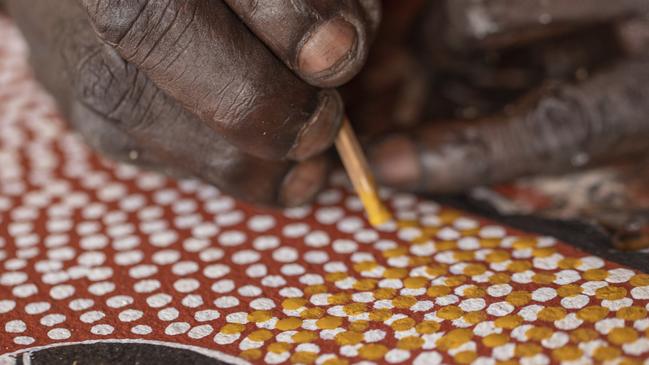
The Commission found that Indigenous artists who sold their artwork through an Aboriginal art centre would typically make only $2700 a year while independent Indigenous artists could make on average $6000 a year.
However, when it came to inauthentic Indigenous-style souvenir products, sales totalled $41-54 million between 2019-2020.
But with the sale of Aboriginal and Torres Strait Islander visual arts and crafts supporting thousands of jobs – many in remote communities – and a major drawcard for tourists, the Commission recommended the implementation of a new law to better protect authentic Indigenous art and artists.
“Communities have limited legal avenues to protect their sacred stories and symbols from being used without permission and out of context,” Commissioner Lisa Gropp said.
“Our draft report proposes new legislation that would recognise the rights of Aboriginal and Torres Strait Islander people to protect these cultural expressions,” Ms Gropp added.
The Commission hopes to combat unethical and inappropriate behaviour within the industry by strengthening Indigenous Cultural Intellectual Property (ICIP) laws and providing extra “modest” funding for the Indigenous Art Code.
Supporting Indigenous artists
For lovers of contemporary and traditional Indigenous art, there’s a couple of ethical ways you can support your local Indigenous artist.
First, avoid the souvenir shops. Seriously – it’s pretty much all fake.
With 83-89 per cent of all souvenir items tagged “Indigenous” being fake, trying to find an ethically produced, authentic piece of Indigenous artwork is like finding a needle in a haystack.
Instead, if you desperately want to show your love for Indigenous painting and artefacts, make sure to do your research.
Prominent Indigenous artists often feature in Indigenous art galleries like Japingka Aboriginal Art and where a variety of paintings and prints can be purchased.
But there’s also a world of Indigenous artists like Katerina Lee Roe or Dhiiyaan Art who work independently through social media, running their brand and business through platforms like TikTok.
More Coverage
Originally published as Fake Indigenous art ripping off tourists for $50 million a year



